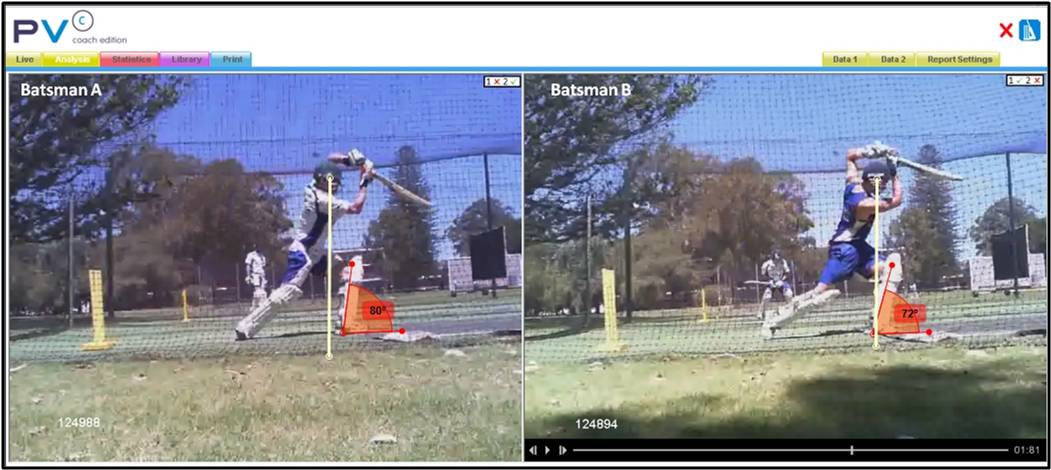If You Don't Stretch, You're Not a Cricketer
 This is a guest article by Dr Laurence Houghton.
This is a guest article by Dr Laurence Houghton.
During the last decade there has been a shift in cricket fitness that has seen the end of static stretching in warm-ups. Nowadays it's all about "dynamic" stretching. This is a great development but it’s a concern that this trend encourages cricketers to entirely remove static stretching from their routine. The aim of this article is to argue otherwise!
Yes, it is true that sport science suggests that performing static stretches as part of a warm-up may decrease subsequent power development.
However, the key is that the decrement in performance as a result of static stretching will be temporary and performance is restored after approximately 10 minutes. So while dynamic stretching is essential, especially for fast bowlers and opening batters who know exactly when they will need to maximise power, it's no reason to cut out the static stretch.
The benefits of long-term static stretching for cricket include:
- Possible reduction in injury risk and earlier awareness of potential niggles.
- Improved power production. The production of power and speed requires use of the "stretch-shortening cycle": the muscle (force producer) and tendon (elastic material connecting muscle to bone) will stretch, storing elastic energy for use in the muscular contraction (shortening) that follows. As a result the total force output will be greater than if a contraction occurred without the prior stretch. This stretching enables storing of elastic energy and enhancement of subsequent neuro-muscular activation. A practical example of this would be in a batsman’s backlift: during this coiling, elastic energy is stored as the muscle-tendon-units stretch (in the cocked, top-hand forearm) and is used to enhance bat speed during the downswing. These types of movements benefit from the increased range of motion and decreased tendon viscosity that result from stretch training.
- Increased range of motion, allowing body to get into better positions to benefit technical execution of skills. Watch an Olympic weight lifter. It’s clear that high power generation is required. A limited range of motion would prevent the lifter getting into effective start and catch positions. Now, consider playing a front foot drive. Technically, we know it’s important for the batsman to get his head and weight over the ball. Take a look at the two different batsmen in the photos below. Compared to Batsman B (72°), Batsman A (80°) is limited by his ankle/calf flexibility, restricting range of motion and stopping the forward transfer of weight into the ball. Also, the increased range of motion in Batsman B’s calf may also contribute to getting more weight over the ball (click to enlarge the image).

The importance of incorporating stretching as a foundation of your training routine cannot be emphasised enough.
You should aim to incorporate regular static stretching three times a week for 15-25 minutes. It's simple, easy and can be done almost anywhere with no equipment, so you have little excuse?
What kind of stretching you do for cricket specific improvements? You can get the full routine that we use at ACE Cricket Academy in Perth - where I am Strength and Conditioning Coach - by clicking here.
About the Author: Dr Laurence Houghton is a sports scientist and strength and conditioning coach (ACE Cricket Academy, Northamptonshire County Cricket Club). He is the inventor of the BATEX batting fitness app.
- Login to post comments

